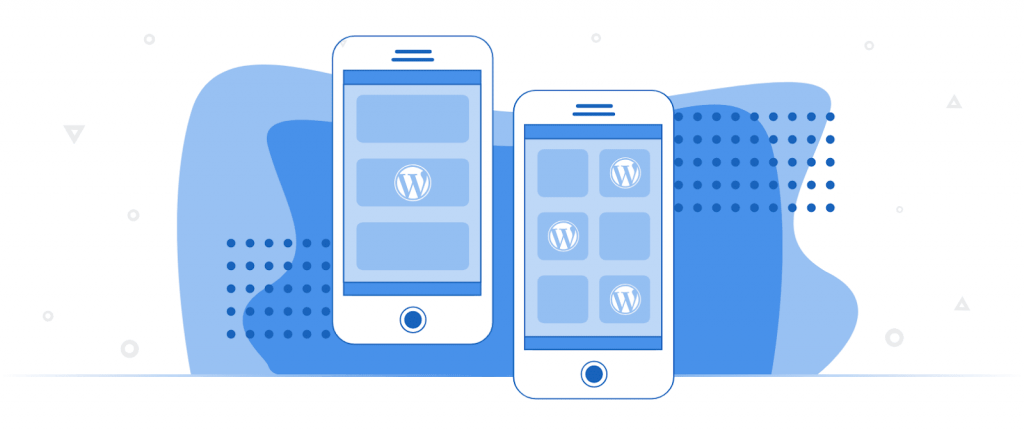In the fast-paced world of e-commerce, converting website visitors into customers is a paramount goal. Conversion Rate Optimization (CRO) is the key to unlocking the full potential of your online presence. This comprehensive guide delves into the strategies and techniques that will help you optimize your website and significantly increase your online sales. From analyzing user behavior to implementing effective call-to-action buttons, this guide provides actionable tips to improve your conversion rates and drive more revenue.
Understanding Conversion Rate Optimization (CRO)
Before diving into the strategies, it’s crucial to understand what Conversion Rate Optimization (CRO) entails. CRO is the systematic process of improving the percentage of website visitors who take the desired action, such as making a purchase. It involves analyzing user behavior, identifying barriers to conversion, and implementing changes to enhance the overall user experience. A conversion rate optimization agency can help you identify and implement changes that will improve your website’s conversion rate. This can lead to increased sales, leads, and revenue.
Analyzing User Behavior: The Foundation of CRO
To optimize conversion rates, it’s essential to understand how users interact with your website. Utilize analytics tools to gather data on user behavior, including pages visited, time spent on site, and the actions taken before conversion or exit. Identify patterns and insights to pinpoint areas that need improvement. A thorough analysis of user behavior lays the foundation for effective CRO strategies.
Crafting Compelling Call-to-Action (CTA) Buttons
Call-to-action buttons are the gateway to conversions. Ensure your CTAs are visually appealing, prominently placed, and use compelling language. Experiment with different colors, sizes, and wording to find the combination that resonates best with your audience. A clear and persuasive CTA can significantly boost click-through rates and guide visitors toward the desired conversion actions.
Streamlining Website Navigation for Seamless User Journeys
A well-organized and intuitive website navigation is crucial for providing visitors with a seamless user experience. Optimize your site structure to guide users effortlessly from landing pages to conversion points. Remove unnecessary steps in the conversion process and streamline the user journey to reduce friction. An easy-to-navigate website encourages visitors to explore further and increases the likelihood of conversions.
Implementing A/B Testing for Continuous Improvement
A/B testing, or split testing, is a powerful tool in the CRO arsenal. Experiment with variations of elements such as headlines, images, or CTAs to identify what resonates best with your audience. By systematically testing different combinations, you can make data-driven decisions to optimize your website continuously. A/B testing allows for incremental improvements over time, contributing to a more effective and conversion-focused site.
Enhancing Website Speed for Improved User Experience
In the digital age, speed is of the essence. Slow-loading websites can lead to high bounce rates and abandoned carts. Optimize your website’s speed by compressing images, leveraging browser caching, and minimizing unnecessary scripts. A faster website not only enhances the user experience but also positively impacts search engine rankings, driving more organic traffic and potential conversions.
Leveraging Social Proof to Build Trust
Building trust is a critical component of conversion optimization. Incorporate social proof elements, such as customer testimonials, reviews, or trust badges, to instill confidence in your products or services. Visitors are more likely to convert when they see positive feedback from others who have had a satisfactory experience with your brand. Use social proof strategically across your website to build credibility and influence purchasing decisions.
Utilizing Persuasive and Informative Content
Compelling and informative content plays a pivotal role in engaging visitors and driving conversions. Ensure that product descriptions, landing pages, and blog posts are not only informative but also persuasive. Communicate the value proposition of your products or services, addressing potential concerns and highlighting unique selling points. Engaging content builds trust and encourages visitors to take the desired actions.
Implementing Exit-Intent Popups for Second Chances
Exit-intent popups are a clever way to re-engage visitors who are about to leave your site. These popups trigger when a user’s mouse indicates an intention to exit the page, presenting an opportunity to offer discounts, exclusive deals, or encourage newsletter sign-ups. By providing a second chance for conversion, exit-intent popups can recover potentially lost sales and increase overall conversion rates.
Optimizing for Mobile Responsiveness
With the prevalence of mobile devices, optimizing your website for mobile responsiveness is no longer optional. A significant portion of online traffic comes from smartphones and tablets, and a mobile-friendly website is essential for providing a positive user experience. Ensure that your site is responsive across various devices, with easy navigation and clear CTAs, to capture and convert mobile users effectively.
Conclusion
Conversion Rate Optimization is a dynamic and ongoing process that requires a holistic approach to enhance user experience and drive revenue. By understanding user behavior, crafting compelling CTAs, streamlining website navigation, and implementing various CRO strategies, you can significantly boost your online sales. Continuously analyze data, experiment with A/B testing, and stay attuned to industry trends to stay ahead in the competitive world of e-commerce. With the insights and techniques outlined in this guide, you’re well-equipped to embark on the journey of optimizing your website for maximum conversions and achieving lasting success in the digital marketplace.
Follow Techdee for more!
